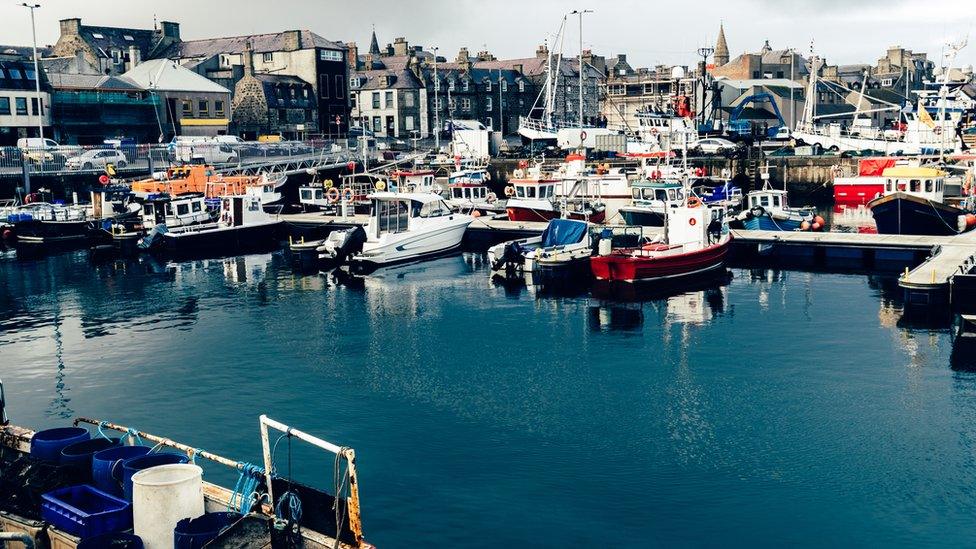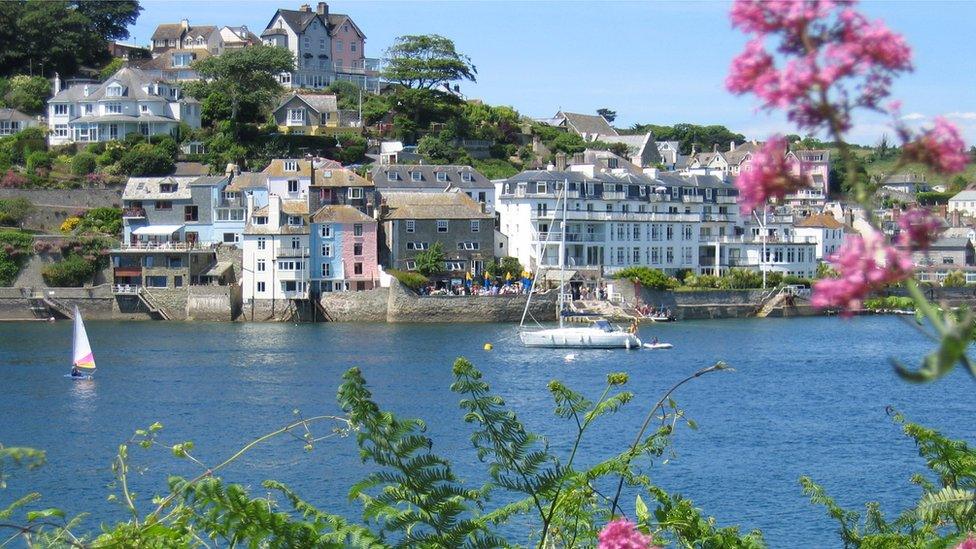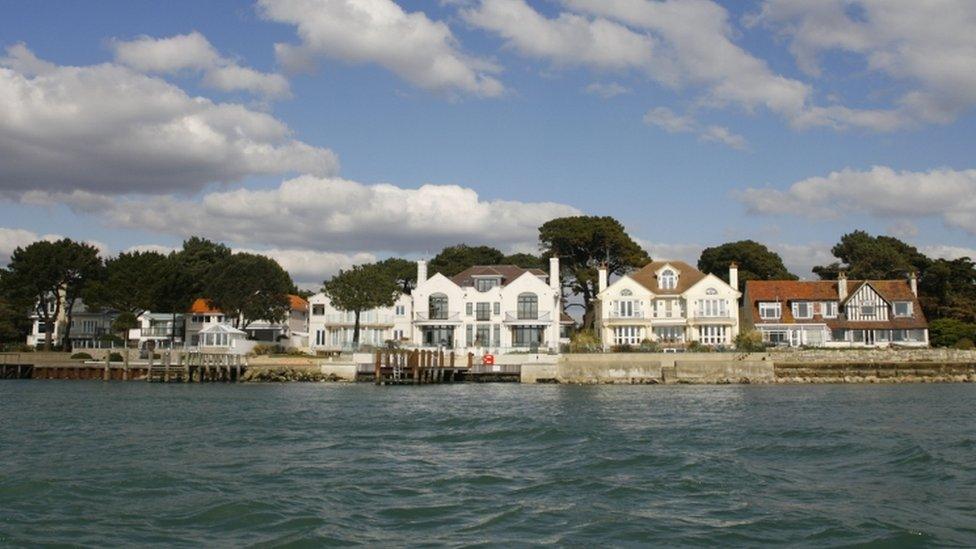The fishing port where the catch is soaring house prices
- Published

Previously known as the biggest shellfish port in Europe, the port of Fraserburgh in north-east Scotland now has another claim to fame.
Over the last decade, house prices here have risen faster than any other seaside town in Britain.
According to the Halifax, prices have nearly doubled, from an average of £70,000 in 2006, to £137,000 in 2016.
Over the period, many parts of Aberdeenshire saw large increases as a result of the oil boom.
For similar reasons, Lerwick in the Shetlands experienced a 77% rise in prices, making it the seaside town with the second-fastest growth.
On average, the cost of a home by the sea rose by 25% during the last decade, or £382 a month, the Halifax said.
"The strongest-performing coastal towns in terms of growth have been in north of the border in Scotland, where property prices on the Aberdeenshire coastline have been helped by the oil industry more than the sunshine," said Martin Ellis, Halifax's chief economist.
Sea views

Sandbanks in Dorset - where houses regularly sell for more than £6m - remained the most expensive seaside town for the second year running.
Many houses and flats on this narrow bank of sand have wonderful views over the Solent or Poole Harbour.
The average home here is worth £664,000.
"Being by the seaside does come at a price - with the marked increase in house prices reflecting the demand for rooms with a sea view," said Mr Ellis.

The second most expensive seaside town is Salcombe, on the Kingsbridge estuary in Devon, where average prices are £618,000.
At the other end of the scale, many of the least expensive towns are in the north.
Port Bannatyne on the Isle of Bute is the cheapest seaside town, with average prices of £72,000.
Next cheapest is Newbiggin by the Sea in Northumberland.
- Published30 May 2016

- Published25 May 2017
